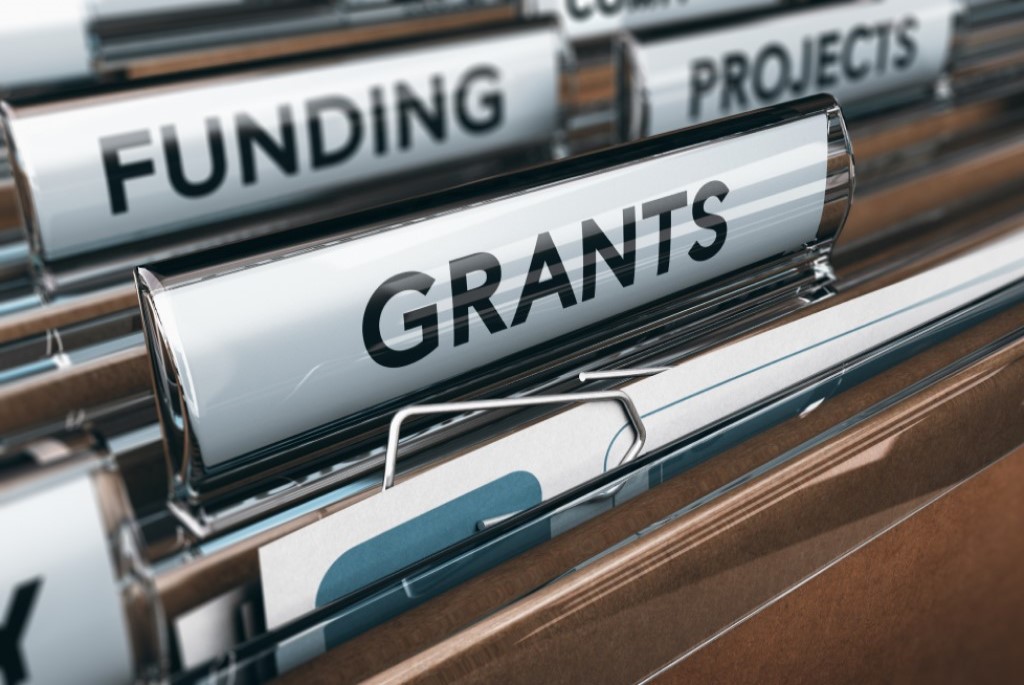Effective May 21, 2023, P&N has joined EisnerAmper. Read the full announcement here.

As part of the declaration of the COVID-19 pandemic as a national emergency, the CARES Act makes funding available to state and local governmental entities through a variety of programs. The primary mechanisms through which financial assistance will be provided include increased funding to existing programs and grants, funding through the Coronavirus Relief Fund, and direct loans, as further detailed below.
Increased Funding to Existing Programs and Grants:
This division of the CARES Act primarily funds existing programs and grants and expands their criteria to include those affected by COVID-19. Specific programs, grants and funding are further detailed below.
State and Local Law Enforcement Activities
$850 million will be distributed/awarded pursuant to the formula allocation that was used in fiscal year 2019 for the Edward Byrne Memorial Justice Assistance Grant (Byrne JAG) program.
Allowable use of funds:
- PPE
- Overtime for Officers
- Medical Supplies
- A full list of allowable uses can be found here: JAG FAQ Sheet
FEMA
Provides $45 billion to the Disaster Relief Fund administered by FEMA.
Allowable use of funds:
- Emergency medical care and transport, including services, supplies, facilities and equipment
- Emergency Operation Center Costs
- Employee training specific to COVID-19
- Sanitation of eligible public facilities
- Security (barricades, fences, and law enforcement)
- Overtime labor costs
- A full list of allowable uses can be found here: Coronavirus (COVID-19) Pandemic: Eligible Emergency Protective Measures
Department of Health and Human Services (HHS)
Provides $3.5 billion in funding for Child Care and Development Block Grant.
Allowable use of funds:
- Supplement state, territory, and tribal general revenue funds for child care assistance
- Financial support to child care providers in the case of decreased enrollment or closures related to COVID-19
- Child care assistance to health care sector employees, emergency responders, sanitation workers, and other workers deemed essential during Covid-19 response
Provides for $100 billion in funding to the Public Health and Social Services Emergency Fund.
Allowable use of funds:
- Reimburse healthcare providers for healthcare-related expenses
- Reimburse for lost revenues that are directly related to COVID-19
Provides for $1 billion in funding to carry out services under the Community Services Block Grant Act.
Allowable use of funds:
- Allow local community action agencies to provide services to low-income families hurt by the economic crisis as a result of COVID-19, such as:
- Rental assistance
- Food assistance
- Support for paying utilities
- Housing support for the homeless who are particularly vulnerable to COVID-19
Provides $750 million in additional Head Start funding to allow programs to meet emergency staffing needs where necessary.
Allowable use of funds:
- Care for children
- Provide flexibility in enrollment
- Facility maintenance (cleaning)
- Ongoing quality improvement training and development
Department of Education
Provides for $30.75 billion in funding for Education Stabilization Fund.
Allowable use of funds:
- Costs associated with significant changes to the delivery of instruction due to Covid-19 (cannot include payment to contractors for the provision of pre-enrollment recruitment activities, endowments, or capital outlays associated with athletic facilities).
Funds are distributed as follows:
- $13.5 billion in formula funding to the Elementary and Secondary School Emergency Fund
- $15 billion in Higher Education Emergency Relief
- $3 billion in Governor’s Emergency Relief
Department of Housing and Urban Development (HUD)
Applicable Grants:
- $5 billion in additional funding for the Community Development Block Grant (CDBG)
- $4 billion Homeless Assistance Grants (HAG)
Child Nutrition Cluster
$8.8 billion will be distributed to the Child Nutrition Programs (which includes the National School Lunch Program, the School Breakfast Program, the Special Milk Program, the Child and Adult Care Food Program, and the Summer Food Service Program) to fund food purchases and demonstration projects for schools through September 30, 2021 to account for and respond to the impact of COVID-19.
Supplemental Nutrition Assistance Program (SNAP)
$15.8 billion will be distributed to SNAP through September 30, 2021 to account for and respond to the virus.
Economic Development Assistance Programs
$1.5 billion in additional funding for the Economic Development Assistance Programs to be available until September 30, 2022 through the Department of Commerce.
Emergency Food Assistance Program
$450 million to prevent, prepare for, and respond to coronavirus, domestically or internationally, for the emergency food assistance program; to be available until September 30, 2021.
Coronavirus Relief Fund:
Provides for $150 billion to states, the District of Columbia, US territories, and local and tribal governments. Allocation is based on population, with a minimum of $1.25 billion per state that is to be divided between state governments and local general governments. Local governments with populations of 500,000 or greater can receive their allocation directly (eligible governments). A local government includes a county, municipality, town, township, village, parish, borough, or other unit of general government below the state level. All local governments with populations less than 500,000 will receive their allocation from the state.
Allowable use of funds:
- Necessary expenditures incurred due to COVID-19
- Costs that were not accounted for in the budget most recently approved as of March 27, 2020
- Costs incurred between March 1, 2020 and December 30, 2020
In order to receive a payment under this section, eligible governments shall provide the Secretary with a certification signed by the Chief Executive for the unit of government and that government’s proposed uses of the funds consistent with the three uses of funds highlighted above.
Eligible governments must provide payment information and supporting documentation electronically by 11:59pm EDT by April 17, 2020.
The Secretary of the Treasury will pay to each state, local and tribal government their allocation directly, on or before April 26, 2020.
Direct Loans:
Provides for $454 billion, as well as any amounts available but not used for direct lending, for loans, guarantees, and investments in support of the Federal Reserve’s lending facility to eligible businesses, states and municipalities. These loans will not be subject to loan forgiveness. The process for distribution of these loans is still under development.
Optimizing Available Funding:
While certain details related to distribution of funding under the CARES Act are still forthcoming, based on guidance available to date, the allowable activities and most other compliance requirements of the existing funding sources remain the same. To maximize available funding, governmental entities are encouraged to take action on the following:
- Seek and apply for available funding
- Separate accounting by CFDA (fund, cost center, bank account)
- Know the Uniform Guidance
- Understand the Program
- Allowable activities/uses of funds
- Match requirements
- Reporting requirements
- Revisit internal controls
- Properly procure
- Document, document, document!
Help Is Available
The COVID-19 pandemic has created a constantly-changing situation for governmental entities of every size. As future legislation is developed, guidance is updated, and additional challenges and opportunities are uncovered, P&N’s dedicated professionals are committed to understanding and applying this information to help our clients.
Please keep in mind that due to the quickly-changing nature of the COVID-19 pandemic, you should always seek advice on your agency’s specific situation. If you need assistance, please contact us.



